Ojibway Prairie Complex
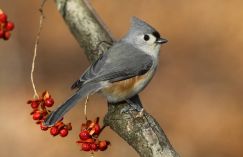 |
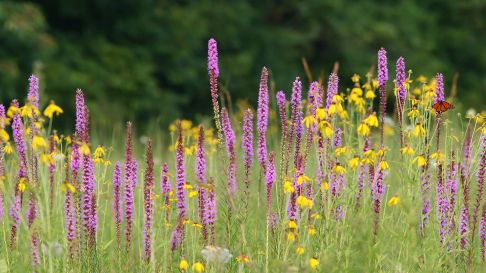 |
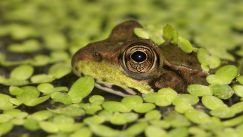 |
Located in Windsor, Ontario, Canada, Ojibway Prairie Complex is a collection of six closely situated natural areas within a 10-minute drive from downtown. The Department of Parks & Forestry's Ojibway Nature Centre administers five of these areas: Ojibway Park, Tallgrass Prairie Heritage Park, Black Oak Heritage Park, Spring Garden Natural Area, and Oakwood Natural Area, for a total of approximately 260 hectares. The majority of these sites are designated as the Ojibway Prairie Remnants Area of Natural and Scientific Interest (ANSI). The nearby Ojibway Prairie Provincial Nature Reserve, administered by Ontario Parks, adds more than 105 hectares of additional prairie and savanna. The total area is continually growing as the City of Windsor and Ontario Parks acquire more land for protection.
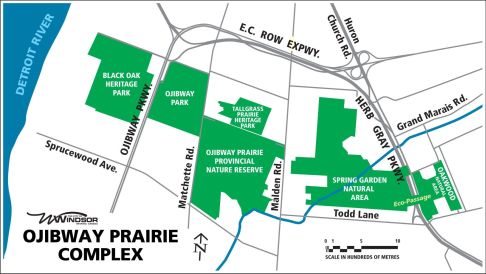 |
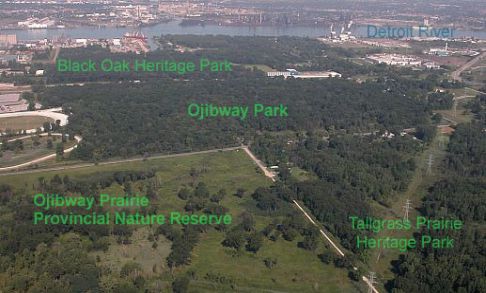 |
The most striking aspect of Ojibway Prairie Complex is the tremendous variety of its vegetation and animal life. Wetlands, forest, savanna and prairie provide habitat for more than 4,000 species, including over 160 rare plants, insects, reptiles, birds and mammals. The prairie landscape, characterized by a lack of trees (less than 2.5 trees per hectare) includes grasses and flowers that grow very tall and lush, hence the name tallgrass prairie.
 |
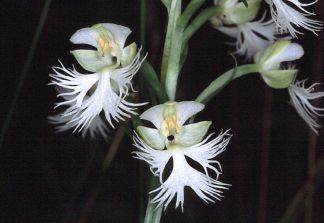 |
 |
 |
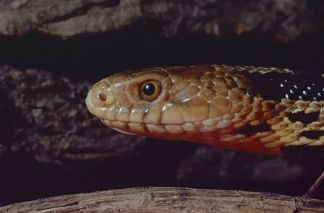 |
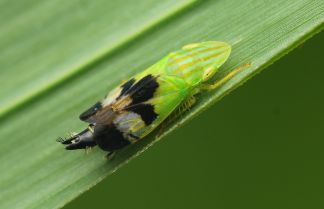 |
Ojibway is located in a vast bowl of poorly drained, yellow-coloured sandy soil over a thick bed of clay. The sand is saturated with water in spring but very dry in mid-summer. This situation is more suited to grasses and wildflowers than trees, which require a more consistent environment (Burridge 1973).
Fire, of course, provides a tremendous protection to the prairie. Without the aid of fire to burn back the invading woody plants, the prairie would never have been able to maintain its tenuous foothold in the province of Ontario.
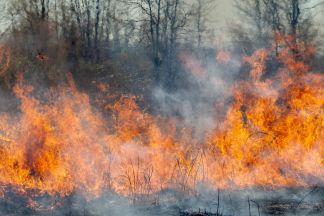 |
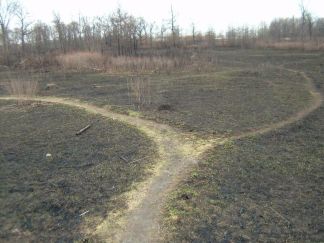 |
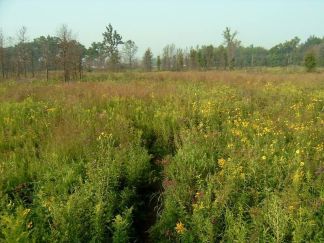 |
In the end, neither the forest nor the prairie won the battle. It was the axe and the plough that were the ultimate victors. Essex County, in extreme southern Ontario, has less than 6% natural forest cover. It is also estimated that less than 0.5% of the original prairies and savanna remain in all of southwestern Ontario (Bakowsky and Riley 1994). The largest relicts that survived were those on lands controlled by native aboriginal peoples, such as Walpole Island, and those wedged between the developed urban portions of Windsor and LaSalle, the Ojibway Prairie Complex.
Natural Heritage
Ojibway Prairie Complex is currently being considered to be part of a National Urban Park in the Windsor area and holds many Natural Heritage Designations such as:
- Ojibway Prairie Remnants Area of Natural and Scientific Interest (Province of Ontario)
- Environmentally Significant Areas (Essex Region Conservation Authority)
- Provincially Significant Wetlands (Province of Ontario)
- Natural Heritage (City of Windsor)
- Important Amphibian and Reptile Area (Canadian Amphibian and Reptile Conservation Network)
- Western Lake Erie Watersheds Priority Natural Area Registry (City of Windsor, Essex Region Conservation Authority, U.S. Fish & Wildlife, Detroit River International Wildlife Refuge)
- Carolinian Core Natural Area (Carolinian Canada)
These ancient natural areas sustain us by providing clean air, clean water, food, medicine, and an opportunity to experience a deep connection to other relations while being mindful of our responsibilities to them. Please remember to be respectful of all the inhabitants in these areas and understand that everything and everyone has an important role in the continued survival of these valuable natural spaces. Leaving everything as you find it, staying on authorized trails, and taking with you any trash are just a few of the ways that you can show your appreciation.
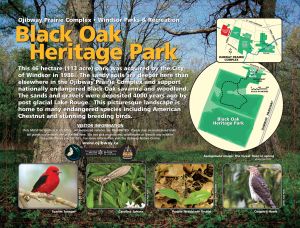 |
Authorized trails are marked on trailhead signage and are suited for walking, connecting to nature, birding, and nature photography. E-bikes and motorized vehicles are prohibited. Natural areas are open dawn to dusk, City of Windsor by-laws identify restricted activities including not feeding wildlife. Please stay on authorized trails and be aware that there are inherent risks when visiting natural areas, such as exposure to ticks, chiggers, mosquitoes, hazardous plants, falling tree limbs, and tripping and slipping hazards. |
Land Acknowledgement:
Recognized as one of Canada’s most diverse and multicultural communities, our city was developed on land that is the traditional territory of the Anishnaabeg people of the Three Fires Confederacy (Ojibwe, Potawatomi, and Odawa). Before Europeans arrived, the land along the Detroit River was referred to as Wawiiatanong by the Indigenous populations. Due to Windsor’s unique location along the Detroit River many different groups have called this area home, including Haudenosaunee, Attawandaron (Neutral), and Huron (Wyandot) peoples. This area is part of McKee Purchase Treaty 2 1790. Today, many indigenous people and Métis across Turtle Island call this area home. We are thankful to be able to share our history in this area.
Contact us!
Ojibway Nature Centre, 5200 Matchett Road, Windsor, Ontario, N9C 4E8, 519-966-5852, ojibway@citywindsor.ca
Stay connected! ![]() Instagram: @ojibwaynaturecentre
Instagram: @ojibwaynaturecentre

